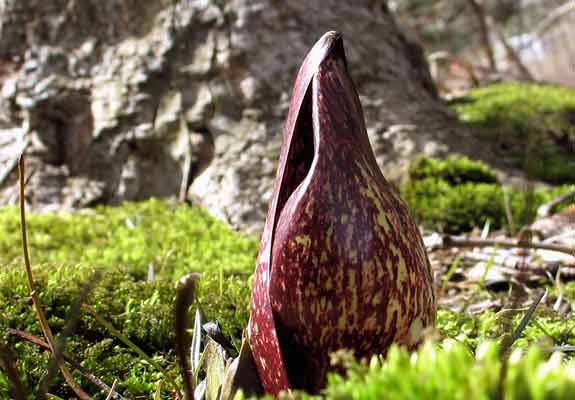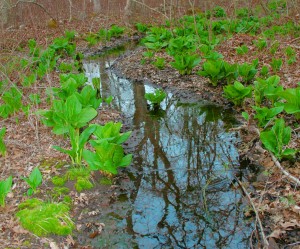Wild Foods for Wildlife in Rehab

How You Can Help Wildlife
When I walk I graze, I can't help it. I love looking for wild foods to munch on or smell. It's a lot fun to introduce students and adults to the bounty of nature that is all around them if they learn how to look. The other part to that is how to identify plants that are safe to snack on. At a recent conference I was made aware of how I could benefit more than just myself when I'm out there hiking around. Bear with me as I shift topics, but this will all make sense shortly.
As an apprentice wildlife rehabilitator I've always known that it's important to provide foods and stimulation for the animals that come into our care. Using foods that are as close as possible to their natural foods and environments as possible is really important. Until now I've stumbled around using prescribed diets, field guides, and books that could help us approximate those foods. I've pulled worms from compost for rails, to make mud-pie bowls of crawly goodness, and I've picked poke-weed for an impatient grackle, and I've cut oak leaves for squirrels to make nests (called dreys) in their hammocks. Wild food was one of those question marks for me, because I didn't want to bring anything into the center that wasn't safe, and I also wasn't always sure how to prepare it. (Is there a recipe for grubs and worms?) That's where this fun new website comes in. It's called Wild Foods4Wildlife at wildfoods4wildlife.com. The founder, Kate Guenther, is a wildlife rehabilitator who spoke at a recent conference in Virginia. I found her website interesting and very helpful, so I thought I'd share it with you.
If you're not convinced how happy food makes captive wild animals, then watch this video (yes, they really do smack that loudly when eating, especially mice):









